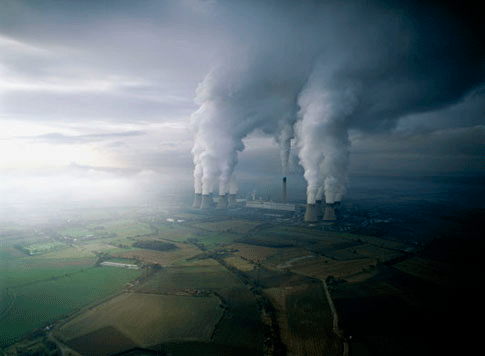

The global average of carbon dioxide in the air just reached a new high of 400 parts per million (ppm), which is a new low for us humans.
Carbon dioxide (CO2) is a potent greenhouse gas that causes global warming, trapping heat in the earth’s atmosphere. A warming planet means changes to weather patterns and sea levels, both of which are resulting in devastating consequences to life as we know it on earth. Cities on the coast are already working on flood plans and we’re watching Antarctica’s ice melt away.
CO2 is a naturally occurring gas, but we are adding more of it to the atmosphere every year, a byproduct of modern life. CO2 emissions come from a variety of sources, including burning fossil fuels (to generate electricity and power cars and trucks) and industrial and agricultural sources.
For years, scientists have encouraged policymakers to take steps to reduce the level of atmospheric CO2 below 350 ppm, and many have, from countries to states. But those pledges (some of which only occurred this year) have yet to make a substantial impact on emissions.
The 400 ppm record was first reached in 2013, at a research station located at Mauna Loa. Since then, the station recorded several other milestones, but globally, the average stayed below 400.
NASA climatologist Gavin Schmidt sums it up well: “We are a society that has inadvertently chosen the double-black diamond run without having learned to ski first. It will be a bumpy ride.”























